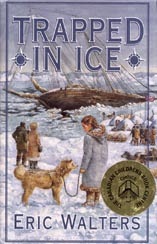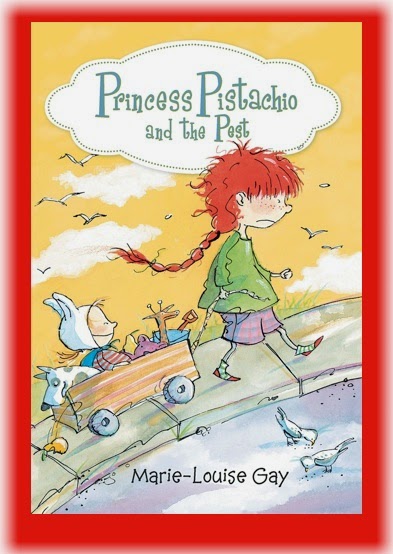by Eric Walters
Razorbill
978- 0-670-06706-0
352 pp.
Ages 12-18
January, 2015
When Eric Walters left readers at the end of The Rule of Three (Razorbill, 2014), the community of Eden Mills was managing rather well in the aftermath of a major power outage which affected all electrically-powered and digital devices. Under the leadership of Adam Daley's police captain mom and their elderly neighbour Herb Campbell who was possibly a former spy, and with the support of a multitude of residents with an assortment of skills, the community has organized into a relatively efficient entity with the mandate of survival. They have food, water, communications, medical care, engineering, transportation, weapons, and a burgeoning societal structure that is learning to tame the chaos. But, The Rule of Three left readers and community on the brink of an attack by the residents of a militarized compound, heading to the bridge that would lead to Eden Mills.
The attack is thwarted but, even though almost 500 persons from the compound are killed, leaving only about 100 left behind, the neighbourhood knows it is still vulnerable. The decision to counter-attack, using intel from a captured compound soldier, Quinn, leads them to 47 imprisoned women and children whom Brett, cop and team leader, almost murdered in his zealousness to launch an RPG (rocket-propelled grenade). Two dilemmas are revealed by that incident: the wisdom (or not) of bringing others into the community already taxed with limited resources, and Brett's bravado and insistence on offensive measures. In fact, with reports of well-armed roving gangs becoming more violent, Brett and a group of nine other young men begin patrolling outside the walls of the neighbourhood on a nightly basis.
The realization that,
Fight for Power will take the reader from horrific chaos, to moments of calm, to occasional jubilation, and even to devastating loss. I can only advise you to hold fast because the ride is a bumpy one but the journey that Eric Walters takes us on is worth it.
The attack is thwarted but, even though almost 500 persons from the compound are killed, leaving only about 100 left behind, the neighbourhood knows it is still vulnerable. The decision to counter-attack, using intel from a captured compound soldier, Quinn, leads them to 47 imprisoned women and children whom Brett, cop and team leader, almost murdered in his zealousness to launch an RPG (rocket-propelled grenade). Two dilemmas are revealed by that incident: the wisdom (or not) of bringing others into the community already taxed with limited resources, and Brett's bravado and insistence on offensive measures. In fact, with reports of well-armed roving gangs becoming more violent, Brett and a group of nine other young men begin patrolling outside the walls of the neighbourhood on a nightly basis.
The realization that,
We need to do more than just survive. We have to keep being human. (pg. 266)becomes an important focus for Adam and others and a theme for Fight for Power. Is living worth it if you know your actions have caused the death of others or are devoid of charity? How does power manifest itself: in strength, in winning, in happiness, in surviving? Eric Walters does a masterful job of depicting the chaos of this new world and those who fight for power. As the catch line on the book cover suggests, The enemy is everywhere, including within, so Herb is right when he declares over and over again, "Pray for the best, prepare for the worst." (pg. 127)
Fight for Power will take the reader from horrific chaos, to moments of calm, to occasional jubilation, and even to devastating loss. I can only advise you to hold fast because the ride is a bumpy one but the journey that Eric Walters takes us on is worth it.

















































